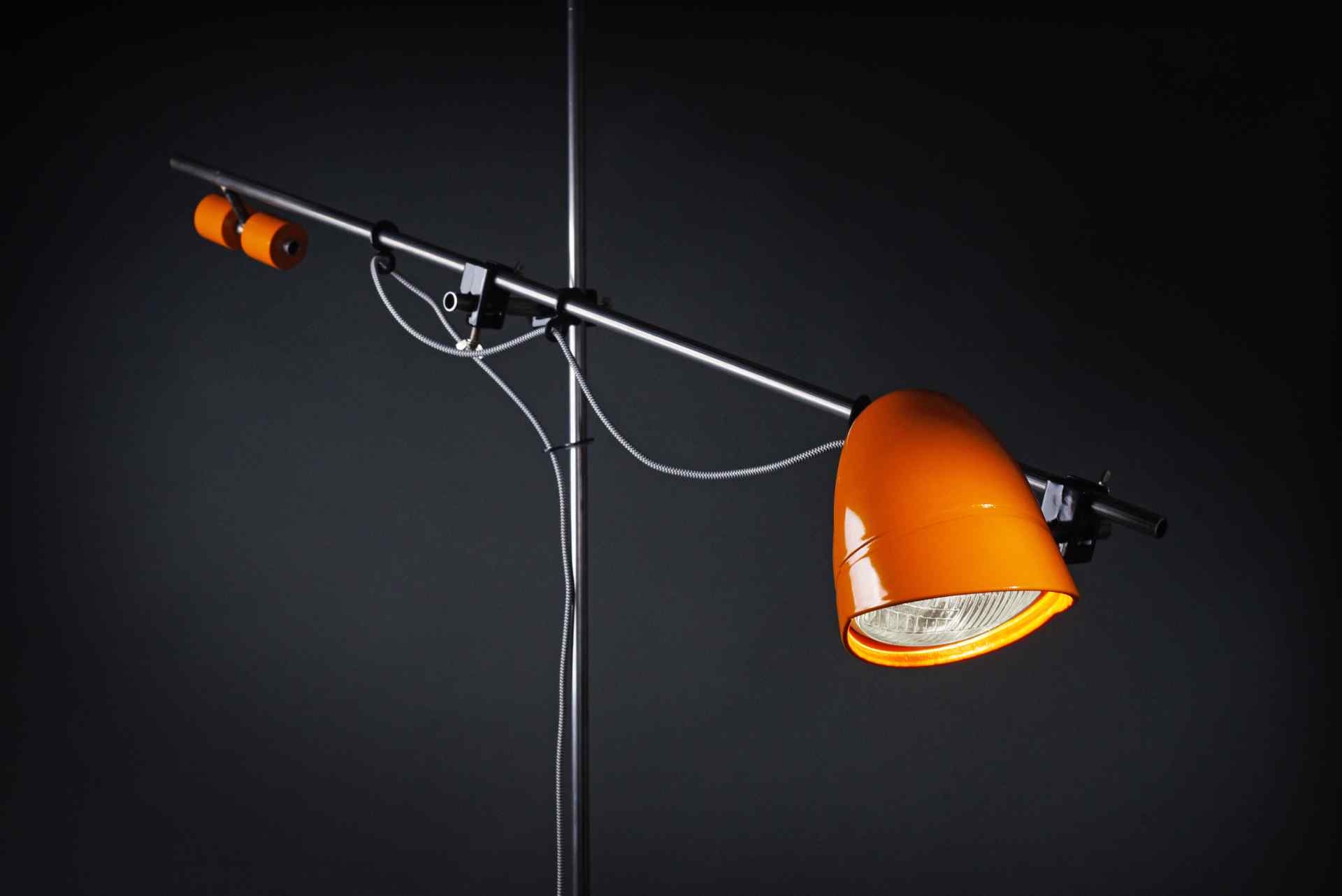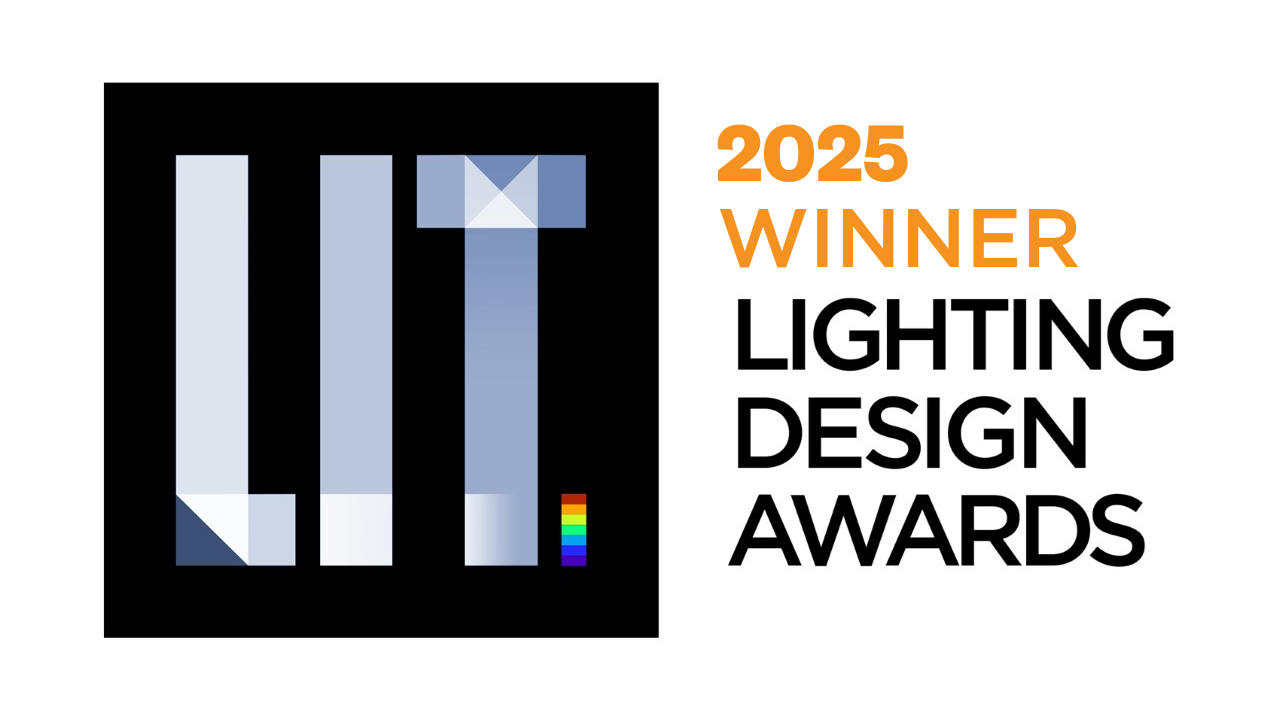Prize(s) Winners in Task Lighting
Lighting Design/Product Company Studio Minus
Lead Designers Camil Milincu
Other Designer's names Otilia Tudoran
Client Studio Minus
Photo Credits Diana Bilec
Completion Date February 2025
Project Location Timisoara
Entry DescriptionA lamp, designed for local lighting, in the case of architecture and design, must be considered a special application lamp. Adequate lighting plays an essential role in comparing material samples or palettes, cases in which correct color rendering is critical.
ONE Headlight is a floor lamp, an example of design for assembly, the idea being to create a lamp using readily available components with minimal modifications.
The luminaire is made up of an assembly that contains: a UTB U-445 Tractor headlight, a chemistry laboratory stand, mounting clips and a cast iron weight plate as a foot support.
These are not concealed, but presented in the resulting object. The right UTB U-445 headlight is the main element, its shape being modified only in the mounting area.
But this is not about a lamp.
The Ecodesign Directive (2009/125/EC) had the effect of banning incandescent bulbs which have Color Rendering Index (CRI) of 100, the highest color rendering, from public use.
There are ways to bypass the legislation, such as the example of the ONE Headlight, but this is not by far the desired solution. There are also ways of abusing the use of LED lighting, without concern over other implications of sustainability other than energy consumption.
In this context, the discussion should shift from the field of energy savings to the area of user responsibility.
Sustainability ApproachOne_Headlight puts into perspective the importance of energy consumption as the primary criterion in the case of special task lighting fixtures. The focus should shift toward meeting the requirement by addressing the user's needs without any compromises.
Sustainability aspects include the use in this case, as much as possible, of readily available elements that are already mass-produced together with minimal incorporation of electronic components. Special concern was given to the possibility of repair, easy separation of components for recycling, and a limited number of materials used in the construction.
A key aspect of sustainability also involves the user's responsibility, as one needs to be aware of factors that go beyond simply choosing a product. We hope that in the future, responsible use will be the foundation of sustainable development, rather than legislative restrictions.


